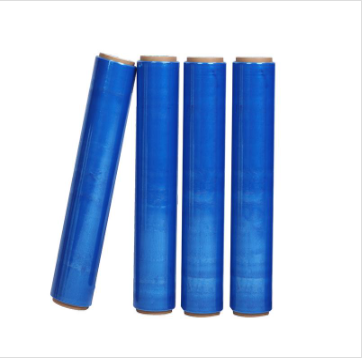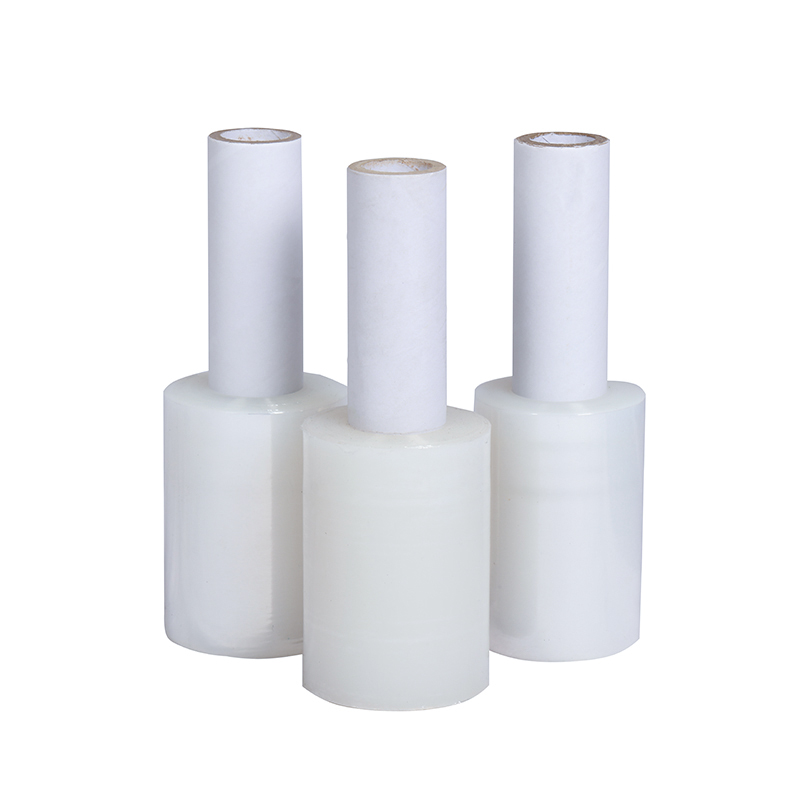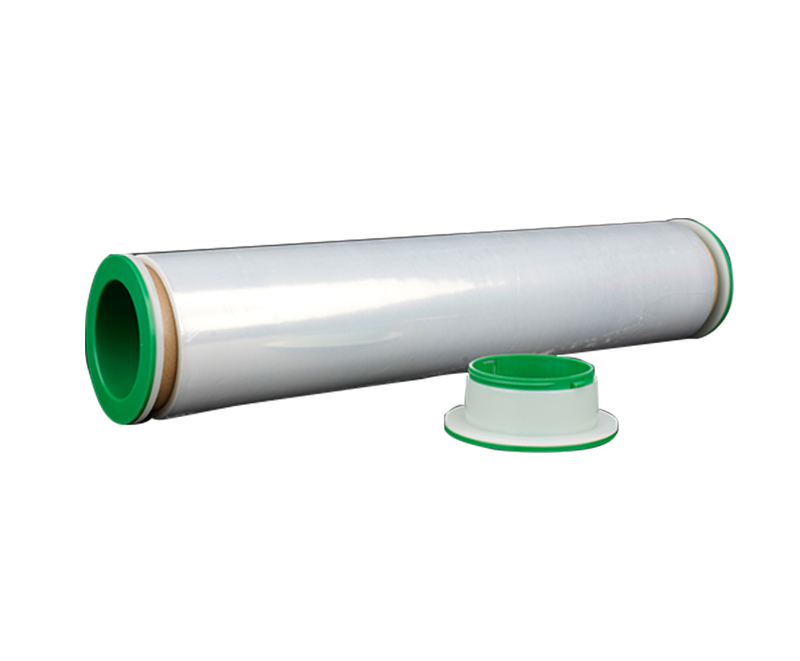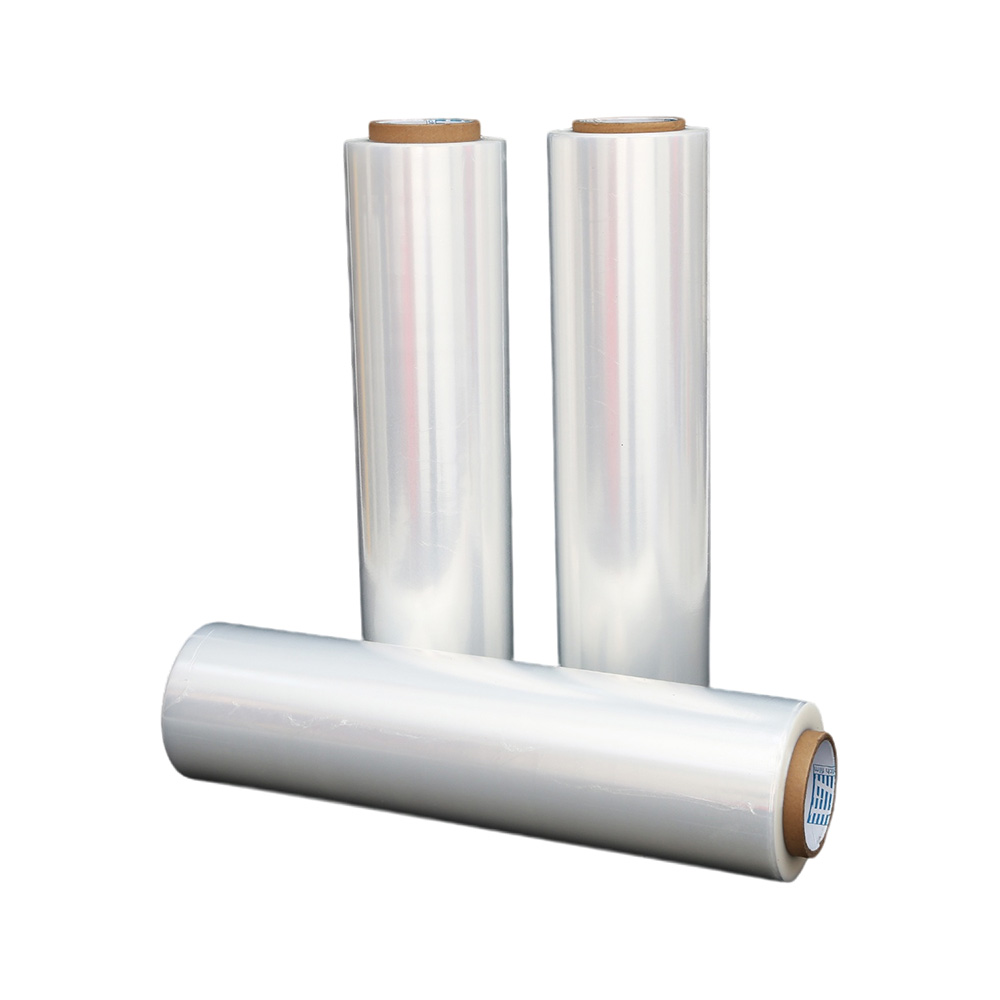Essential conditions for the production of stretch film
Source:Essential conditions for the production of stretch filmTime:2021-10-27Visitors:
Essential conditions for the production of stretch film
Stretch film has high impact resistance and penetration strength, good self-adhesiveness, transparency, does not expand the volume of the goods after packaging, is shockproof, moisture-proof, and has strong protection. It is a very popular packaging form in the world. The characteristic of PE stretch film is to wrap one or more solid objects with thin flexible packaging materials. Stretch film not only improves production efficiency, but also prevents damage to the goods during the handling process, and protects against dust and moisture. And cleaning effect.
So what kind of process conditions do we need to produce stretch film? Let's take a look at it together:
1. Control of physical and mechanical properties:
High transparency is conducive to the identification of goods; high longitudinal elongation is conducive to pre-stretching and saving material consumption; good puncture performance and transverse tear strength allow the film to encounter sharp corners or goods at high stretch magnification The edge does not break; the high yield point makes the packaged goods more tight.
Due to the long and narrow flow channel and fast flow rate in the casting method, the temperature range of the melt is generally controlled at 250℃~280℃, the temperature of the casting cooling roll is controlled at 20℃~30℃, and the winding tension should be low. Within 10kg to facilitate the migration of the adhesive and reduce the internal stress of the finished film.
The film produced by the casting method has high transparency. As the number of C atoms in the material comonomer increases, the branch chain length increases, the crystallinity decreases, and the "winding or kinking" effect of the resulting copolymer increases, so the elongation increases and the puncture The strength and tear strength are also improved.
MPE is a highly stereoregular polymer with a narrow molecular weight distribution, which can accurately control the physical properties of the polymer. Therefore, its performance is further improved; and because MPE has a narrow molecular weight distribution and narrow processing range, processing conditions are difficult to control. Add 5% LDPE to reduce the melt viscosity and increase the flatness of the film.
2. Good viscosity makes the packaging film and layers on the outside of the goods stick together to make the goods firm. There are two main ways to obtain the viscosity:
One is to add PIB or its masterbatch to the polymer;
The other is to blend VLDPE. PIB is a translucent viscous liquid, special equipment or modification of equipment is required for direct addition, and PIB masterbatch is generally used.
There is a process for PIB to move out, usually three days, and it is also affected by temperature. When the temperature is high, the viscosity is strong; when the temperature is low, it is not too sticky, and the viscosity is greatly reduced after stretching. Therefore, the finished film is better stored in a certain temperature range (suggested storage temperature is 15℃~25℃).
Blended with VLDPE, the viscosity is slightly poor, but there is no special requirement for the equipment. The viscosity is relatively stable, not controlled by time, but also affected by temperature. The temperature is relatively viscous when the temperature is higher than 30°C, and the viscosity is slightly worse when the temperature is lower than 15°C. Adjust the amount of LLDPE in the adhesive layer to achieve the desired viscosity. This method is mostly used for three-layer co-extrusion.
Recommended Products
Ranked in the same article
- how to use the stretch film technology to r
- How can we get detailed price list?
- Five common quality problems of PE protecti
- Plastic film degradation
- How to guarantee punctual shipment for our
- What is the difference between stretch film
- Stretch film temperature requirements
- Testing the permeability of stretch film
- Electrical wire film VS electrostatic film
- Why insufficient transparency of stretch w
- The elastic characteristics of plastic film
Latest news articles
- The advantages of black film and the soluti
- What is Electrical Wire Film
- What are the benefits of using electrical w
- Detailed analysis:the difference between st
- What are the properties of wire film
- What Size is a Shrink Film?
- We Offer High Quality Stretch Wrap Film
- The use form of stretch film
- Does high temperature affect the stretch fi
- Main raw materials and selection method of
- Optimal Shrink Film Temperature Guide for 2




